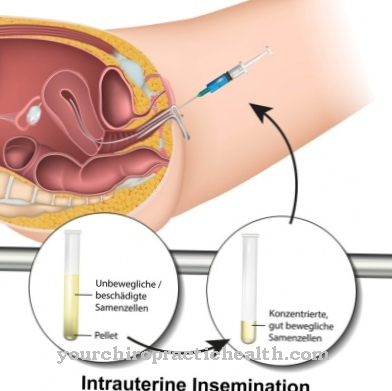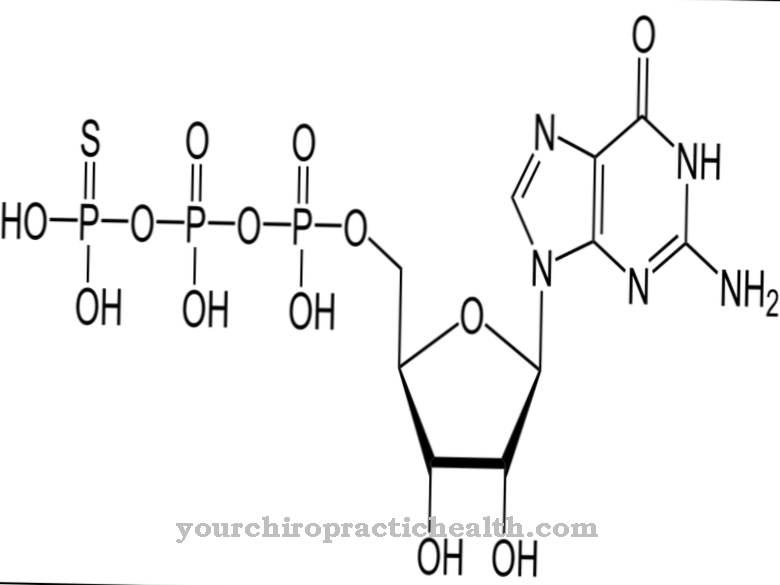Under the term Antifibrinolytics In pharmacology and human medicine, various active substances are combined that lead to the dissolution of fibrin. In this way, antifibrinolytics prevent bleeding, which is why they are also known as bleeding or plasmin inhibitors.
What are antifibrinolytics?
The active ingredient class of antifibrinolytics consists of the active ingredients tranexamic acid and aprotinin. While the latter is a plasmin inhibitor, the former is an amino acid. What both have in common is that they inhibit bleeding. Antifibrinolytics are therefore also considered plasmin inhibitors or bleeding stoppers. They cause fibrin to be inhibited, so that blood clots more intensely. The best-known antifibrinolytics include the preparations Cyklokapron® and Trasylol®.
Antifibrinolytics are typically taken orally. Intravenous administration is also possible. They are subject to pharmacy and prescription requirements, so they can only be obtained from a licensed pharmacy on the basis of prior medical prescription.
Pharmacological effect on the body and organs
The mechanism of action of all antifibrinolytics is based on influencing the body's own fibrin. This is the activated, cross-linked protein that is responsible for the plasmatic coagulation of human blood.
Antifibrinolytics inhibit plasmin after ingestion. This is the substance responsible for the dissolution of fibrin. Due to the lower dissolution of fibrin, the content of the protein in the blood increases. This reduces blood loss. Antifibrinolytics succeed in suppressing fibrinolysis in a pharmacological way.
Medical application & use for treatment & prevention
Antifibrinolytics can be used preventively for therapeutic purposes as well as in the context of prophylaxis. The purpose of the award is always to treat bleeding that occurs as a result of hyperfibrinolysis. Hyperfibrinolysis occurs when the enzymatic cleavage of the body's own protein fibrin (fibrinolysis) is pathogenically increased.
Some antifibrinolytics such as B. Tranexamic acid are also suitable for use as an antidote. Antidotes are substances that inactivate the effects of a toxic substance or at least reduce or mitigate its effects. The area of use as an antidote, however, remains limited to the treatment of bleeding that occurs during fibrinolytic therapy.
Antifibrinolytics are also used in obstetrics. Here they should improve coagulation in postpartum bleeding. There is also an indication for dental interventions and surgical measures with an increased risk of bleeding (e.g. operations on the prostate or gastrointestinal tract). In these cases, antifibrinolytics are given as prophylactic agents.
Other fields of application for antifibrinolytics are persistent nosebleeds, hereditary angioneurotic edema, fibrinogen administration and particularly pronounced menstrual bleeding (hypermenorrhea).
Antifibrinolytics can be administered or taken intravenously or orally (as effervescent or film-coated tablets). All representatives of this class of active ingredients are subject to pharmacy and prescription requirements.
You can find your medication here
➔ Drugs for wound treatment and injuriesRisks & side effects
Antifibrinolytics - like other medically active substances - can lead to undesirable side effects after ingestion. First of all, it should be checked whether an allergy to antifibrinolytics is known. If this is the case, it is imperative not to take it, as there is a contraindication. This describes that there is a medical contraindication which prohibits the treatment from a medical point of view.
There is also a contraindication during breastfeeding, as antifibrinolytics can get into breast milk. Even patients who suffer from thrombosis or who are at increased risk of thrombosis must not take antifibrinolytics. A comprehensive risk assessment must be carried out by the doctor during pregnancy.
Common side effects include skin reactions (itching, rashes, redness), atrial fibrillation, and visual disturbances. For patients who are at risk of thrombosis, there is also the risk of a stroke, heart attack or pulmonary embolism.
When antifibrinolytics are used to treat urinary bleeding, clots can also form, which can lead to further hazards.A comprehensive risk-risk assessment must therefore be carried out in advance of taking, as there may be a contraindication.

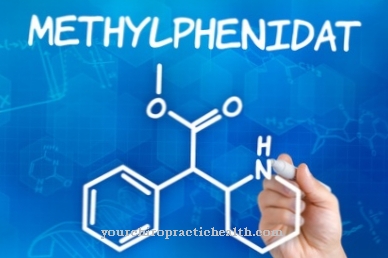

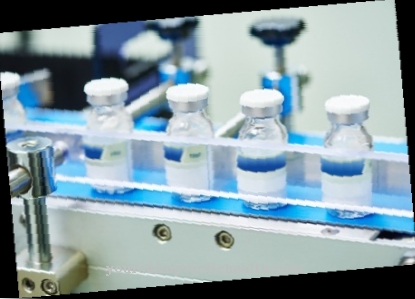












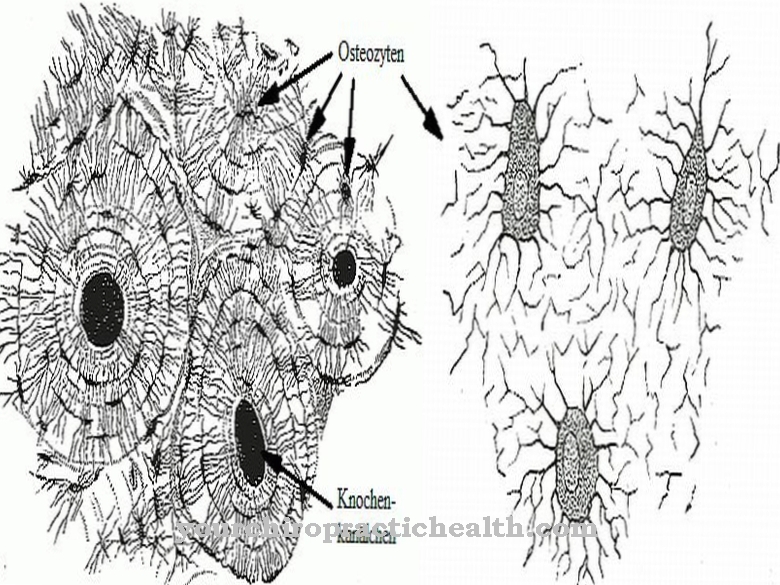



.jpg)

